I was like a kid in a candy store at the launch of PappaRich’s first restaurant in Taipei last month. As an Asian shamefully ignorant of Southeast Asian cuisines, I found everything at the Malaysian franchise exotic and enticing. There was the freshly-baked roti canai, a type of Indian-influenced flatbread. The Hainan bread, flown in from Kuala Lumpur, was served warm and tasted heavenly, while an array of Nyonya desserts include sweet and sticky delicacies such as soybean milk, longan and tangyuan (湯圓), a glutinous rice ball.
PappaRich’s massive menu boasts over 160 dishes, desserts and drinks. Located near the intersection of Civil Boulevard and Dunhua South Road, and with unusually long opening hours, the restaurant-cum-cafe can meet a diner’s various needs, whether it is a proper meal, quick bite, brunch, afternoon coffee break or late-night snack.
If I ever find myself wandering in the city’s East District (東區) at eight o’clock in the morning, I will probably go straight to the cafe and have its signature pappa Hainan steamed bread with butter and kaya (NT$90), a breakfast dish that is said to be a legacy of British colonialism. It consists of soft, moist toast with slices of unsalted butter and topped with kaya, a jam made with eggs, coconut milk and the pandan leaf. For this diner, it is without a doubt one of the most delicious colonial legacies I have ever tried.
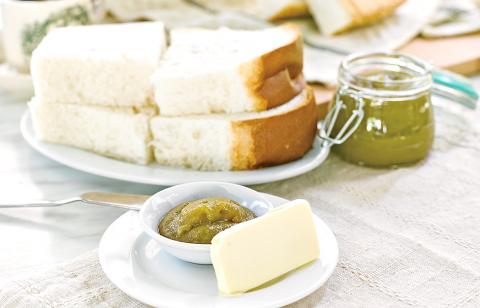
Photo Courtesy of PappaRich
PappaRich’s sweet and savory bread dishes include Hainan toasted bread with peanut butter (NT$90), Hainan steamed bread with curry chicken (NT$180), pappa egg canai and onion with curry sauce (NT$140) and papa canai with vanilla ice cream and banana (NT$180). And they make hearty brunches that go well with the cafe’s signature beverages such as pappa cham (NT$80), which consists of coffee, black tea and condensed milk, or the popular rich layer tea (NT$120), made of black tea, milk and palm-sugar syrup.
One of my personal favorites is pappa curry laksa (NT$260). Topped with shredded chicken and fried bean curd skin, the soup is notable for its delicately balanced curry sauce. Pappa prawn mee (NT$260), a soup noodle concocted with spicy shrimp paste, is another recommended dish.
A must-try for rice lovers is the nasi lemak with curry chicken (NT$290). Slightly salty and rich in coconut flavor, the rice alone can make an enjoyable mouthful together with peanuts, crunchy dried fish and sambal, a slightly spicy and briny sauce.
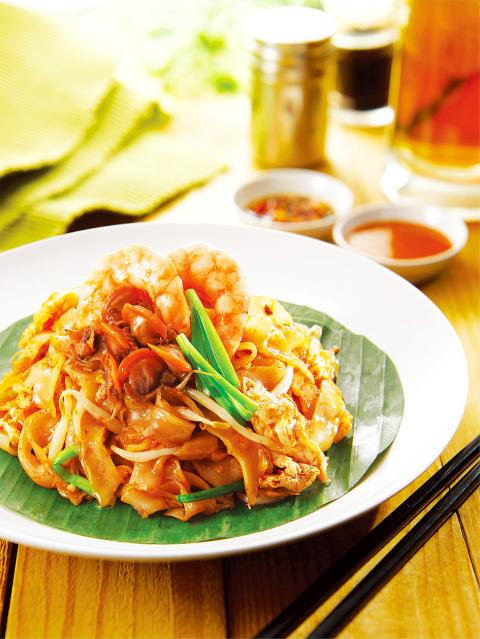
Photo Courtesy of PappaRich
PappaRich’s rendition of Hainan chicken rice (NT$290) features tender chicken dipped in a sauce with strong hints of chili and ginger. The super rich combo (NT$450) comes with fried chicken drumsticks, sweet-flavored braised beef and squid, and India’s celebrated basmati rice.
When it comes to dessert and beverages, there is no need to be conservative. Instead of the usual juices or sodas, the restaurant offers you an array of concoctions such as cincau (NT$120), a lychee or barley-flavored jelly. The dessert menu is equally bold, featuring items like soya milk with pandan leaf-flavored tangyuan and longan (NT$130), as well as cheese cake (NT$150) made from teh tarik, a Malaysian-style tea beverage with condensed milk.
The servers are attentive but not particularly knowledgeable. The ambiance is casual and tinged with a little British colonial charm. But don’t expect to see antiques here. The restaurant is clean and modern — as you might expect from an international franchise.
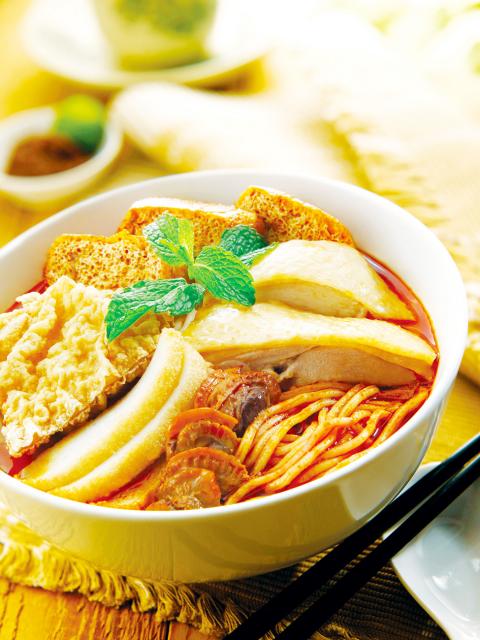
Photo Courtesy of PappaRich
Established in Kuala Lumpur, Malaysia, in 2005, PappaRich has since spread to Singapore, Indonesia, South Korea, New Zealand and the US. It was introduced to Taiwan by the Shin Yeh Restaurant Group (欣葉國際餐飲), which plans to set up PappaRich venues in the country’s major cities.
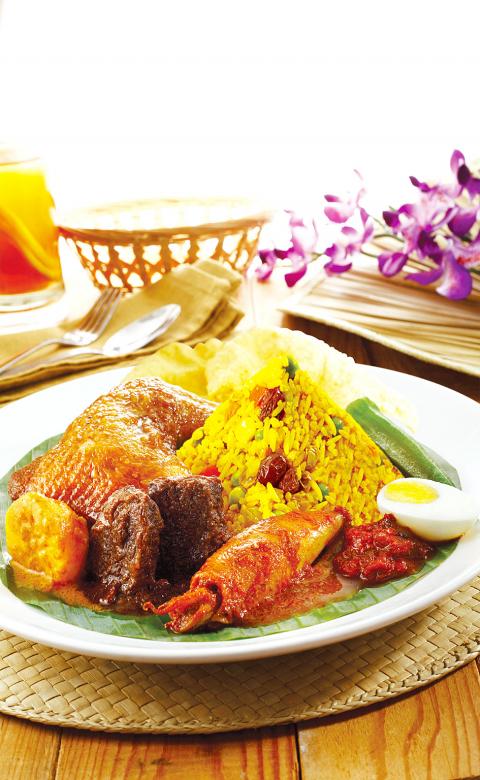
Photo Courtesy of PappaRich
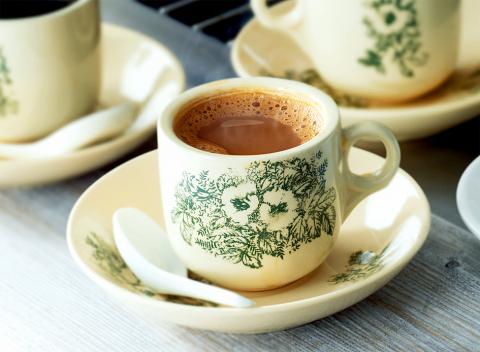
Photo Courtesy of PappaRich

The canonical shot of an East Asian city is a night skyline studded with towering apartment and office buildings, bright with neon and plastic signage, a landscape of energy and modernity. Another classic image is the same city seen from above, in which identical apartment towers march across the city, spilling out over nearby geography, like stylized soldiers colonizing new territory in a board game. Densely populated dynamic conurbations of money, technological innovation and convenience, it is hard to see the cities of East Asia as what they truly are: necropolises. Why is this? The East Asian development model, with

June 16 to June 22 The following flyer appeared on the streets of Hsinchu on June 12, 1895: “Taipei has already fallen to the Japanese barbarians, who have brought great misery to our land and people. We heard that the Japanese occupiers will tax our gardens, our houses, our bodies, and even our chickens, dogs, cows and pigs. They wear their hair wild, carve their teeth, tattoo their foreheads, wear strange clothes and speak a strange language. How can we be ruled by such people?” Posted by civilian militia leader Wu Tang-hsing (吳湯興), it was a call to arms to retake

This is a deeply unsettling period in Taiwan. Uncertainties are everywhere while everyone waits for a small army of other shoes to drop on nearly every front. During challenging times, interesting political changes can happen, yet all three major political parties are beset with scandals, strife and self-inflicted wounds. As the ruling party, the Democratic Progressive Party (DPP) is held accountable for not only the challenges to the party, but also the nation. Taiwan is geopolitically and economically under threat. Domestically, the administration is under siege by the opposition-controlled legislature and growing discontent with what opponents characterize as arrogant, autocratic

Desperate dads meet in car parks to exchange packets; exhausted parents slip it into their kids’ drinks; families wait months for prescriptions buy it “off label.” But is it worth the risk? “The first time I gave him a gummy, I thought, ‘Oh my God, have I killed him?’ He just passed out in front of the TV. That never happens.” Jen remembers giving her son, David, six, melatonin to help him sleep. She got them from a friend, a pediatrician who gave them to her own child. “It was sort of hilarious. She had half a tub of gummies,